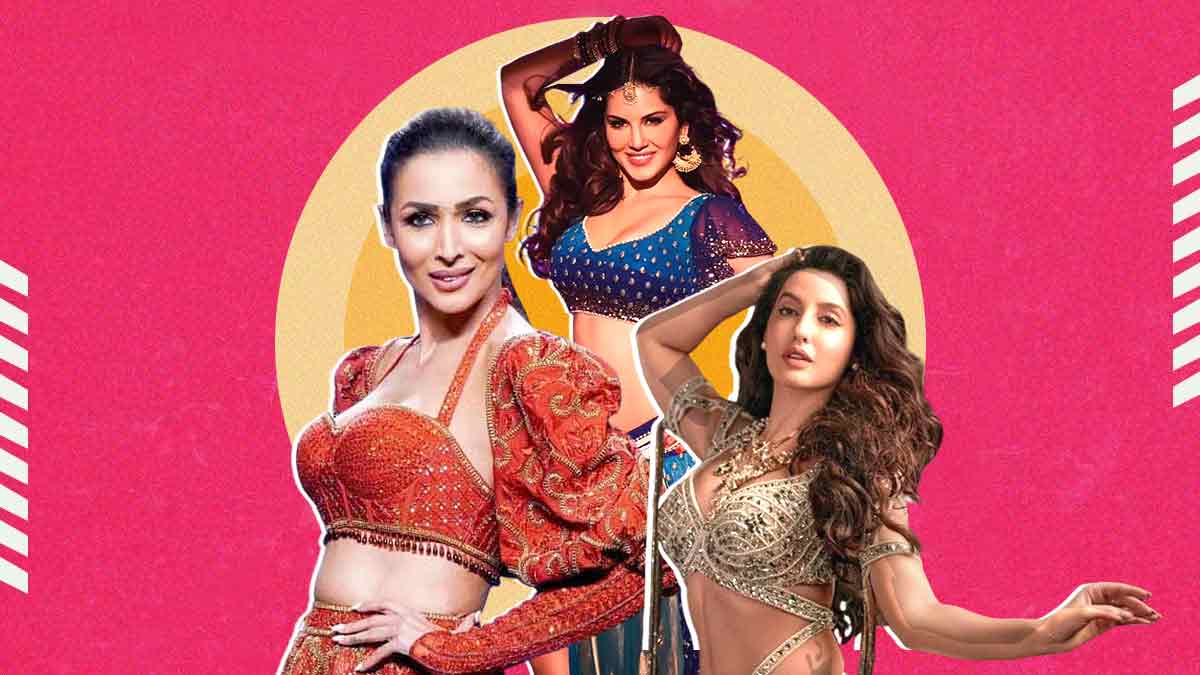
Glitz, Glamour, And Gender: The Bollywood Dilemma - How Fair It Is To Single Out The Industry For Women's Objectification?
Bollywood, with its glitz, glamour, and catchy dance numbers, has been a beloved part of Indian culture for decades. However, it's no secret that this cinematic giant has faced its fair share of controversies, with one of the most prominent being the objectification of women. But is it fair to pin all the blame on Bollywood? Let's dive into the world of song and dance to uncover the truth.
The Bollywood Effect

Lights, Camera, Objectification?
Bollywood movies are known for their extravagant song and dance sequences. While these sequences are a feast for the eyes, they often come under scrutiny for objectifying women. Take, for instance, the iconic song 'Chaiyya Chaiyya' from the movie 'Dil Se.' The visuals are breathtaking, with Malaika Arora dancing atop a moving train, but the suggestive choreography and camera angles raise questions about whether Bollywood is perpetuating objectification.
Why Blame Bollywood?
Bollywood is a reflection of society's beliefs, values, and preferences. It caters to what the audience wants to see. If there's a demand for glamorous item songs featuring scantily clad women, Bollywood will supply them. For instance, the song 'Munni Badnaam Hui' from 'Dabangg' became a sensation despite its controversial lyrics and portrayal of women. But does this mean Bollywood is solely responsible for objectification?
1
2
3
4
The Chicken And Egg Conundrum

Audience Expectations
Bollywood doesn't exist in a vacuum. It creates content based on audience expectations. The Indian audience has diverse tastes, and while some decry objectification, others enjoy these glamorous dance numbers. It's a classic chicken and egg scenario – does Bollywood shape society's views, or does society shape Bollywood's content?
Economic Pressures
Let's not forget the economics of Bollywood. Movies are expensive to produce, and the industry is highly competitive. A big-budget film is a high-stakes gamble, and producers want to maximise returns. This often leads to the inclusion of 'item numbers' that cater to popular tastes, even if they involve objectification. For instance, 'Laila Main Laila' in 'Raees' featuring Sunny Leone, is a prime example of an item song that garnered attention for its boldness.
The Power Of Portrayal

Impact On Society
Bollywood's portrayal of women undoubtedly influences societal perceptions. When women are consistently depicted as objects of desire, it can reinforce gender stereotypes and contribute to the objectification of women in real life. However, this doesn't necessarily mean Bollywood is solely to blame. It's more like a vicious cycle where the media and society feed off each other. Consider 'Kabir Singh,' which faced criticism for glorifying toxic masculinity and the objectification of women but also found immense popularity among audiences.
Times Are Changing
In recent years, Bollywood has started to shift away from stereotypical portrayals of women. Movies like 'Queen' and 'Kahaani' have given us strong, independent female protagonists, challenging the traditional narrative. This change reflects a broader shift in societal attitudes towards gender equality.
Blame Vs. Responsibility
Accountability Of Stakeholders
It's easy to point fingers at Bollywood, but it's essential to remember that responsibility lies with various stakeholders. Filmmakers, actors, producers, and even the audience all play a role in shaping what Bollywood produces. Instead of blame, it's about collective responsibility to create a healthier cinematic landscape.
Regulation And Censorship
The government also plays a role through censorship and regulation. While some argue that censorship infringes on creative freedom, others believe it's necessary to prevent harmful content. Striking the right balance is challenging but crucial. For example, the controversy surrounding 'Padmaavat' brought to light the tension between creative expression and cultural sensitivity, highlighting the need for responsible filmmaking.
Don't Miss: Dil, Dhadak, And Downpour: How Bollywood Turns Rain Into A Cupid With A Dash of Drama
A Global Perspective
Bollywood vs. Hollywood
Objectification of women isn't unique to Bollywood. Hollywood, too, has faced criticism for its portrayal of women. From James Bond movies to superhero flicks, both industries have had their share of gender-related controversies. It's a global issue, reflecting the broader challenges of gender representation in media.
Don't Miss: Lights, Camera, Verdict: Revisiting Bollywood's Journey Through The Courtroom Dramas
So, is it okay to blame Bollywood for the objectification of women? The answer is nuanced. While Bollywood does play a part in perpetuating stereotypes and objectification, it's not the sole culprit. Society's expectations, economic pressures, and the actions of various stakeholders all contribute to this complex issue.
Rather than pointing fingers, it's crucial to recognise that change is happening. Bollywood is evolving, and so is society. The responsibility to combat objectification lies not just with Bollywood but with all of us—the viewers, the filmmakers, and society as a whole.
As we continue to debate and discuss these issues, let's hope that Bollywood's portrayal of women becomes more balanced, reflecting the diverse and evolving perspectives of modern India. It's a journey, and we're all on it together, one dance step at a time.
Also watch this video
Herzindagi video
1
2
3
4